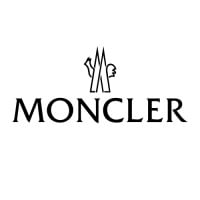
Moncler
Moncler was founded in Grenoble, France, in 1952 and is currently headquartered in Milan, Italy. Over the years the brand has combined style with constant technological research assisted by experts in activities linked to the world of the mountain. This makes the Moncler collections the quintessence of outwear that marries the extreme demands of nature with those of city life. In 2003 Remo Ruffini took over the company, of which he is currently President and Creative Director. Moncler manufactures and directly distributes men's, women's and accessory collections through its boutiques and in exclusive international department stores and multi-brand outlets.






